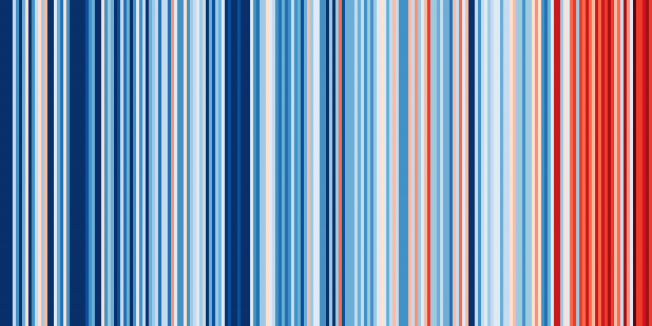Initialisation strategies for decadal hindcasts for the 1960-2005 period within the ENSEMBLES project. ECMWF Tech Memo.
(2007) 521
Recent Advances in Radiation Transfer Parametrizations. ECMWF Tech Memo.
(2007) 539
Seasonal Forecast Datasets - A resource for Calibrating Regional Climate Change Projections?
CLIVAR Exchanges 43 (2007) 6-7
Erratum: "Changing frequency of occurrence of extreme seasonal temperatures under global warming" (Geophysical Research Letters (2005) vol. 32 10.1029/2005GL023365)
Geophysical Research Letters 33:7 (2006)
Changing frequency of occurrence of extreme seasonal temperatures under global warming (vol 32, art no L20721, 2005)
GEOPHYSICAL RESEARCH LETTERS 33:7 (2006) ARTN L07712



